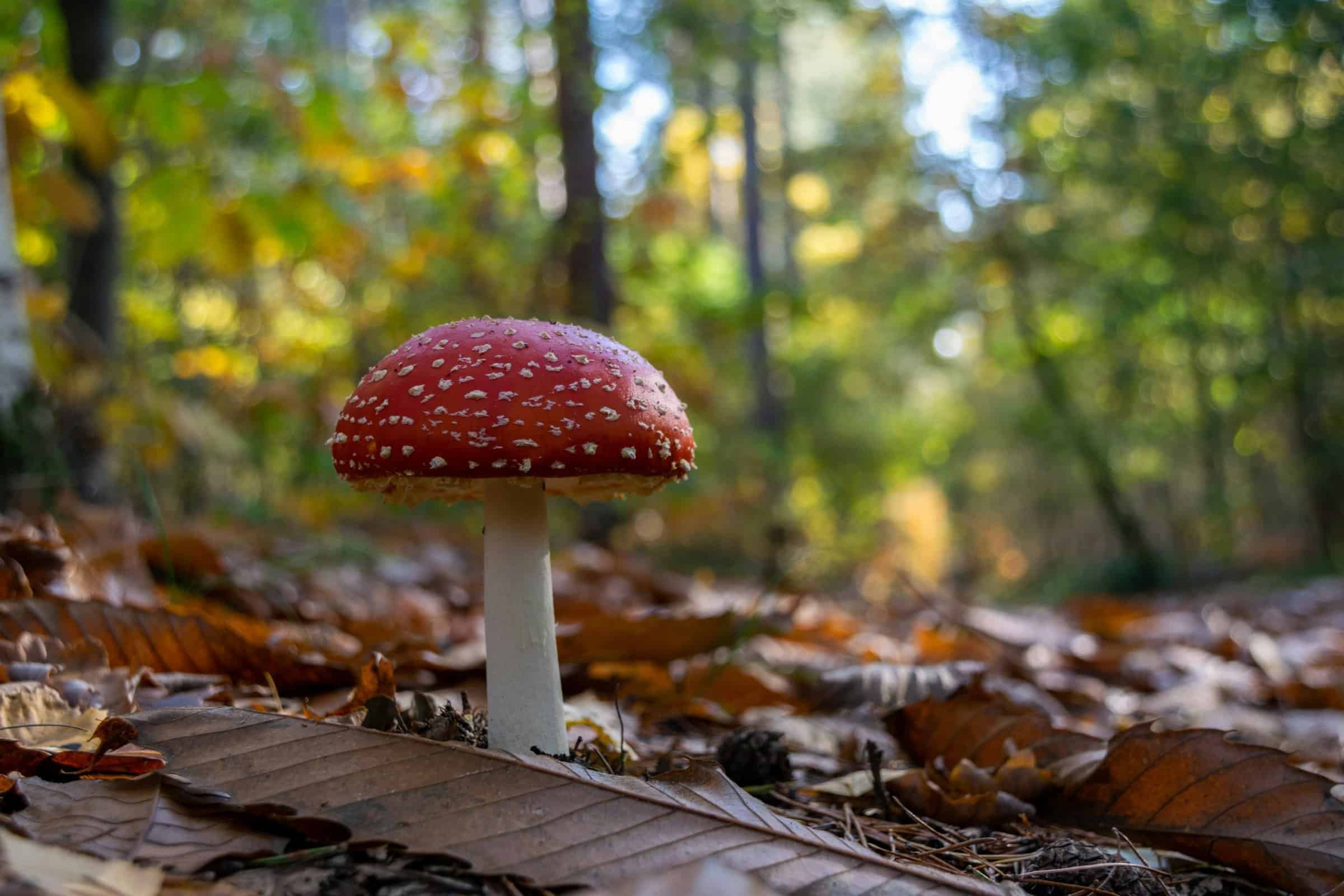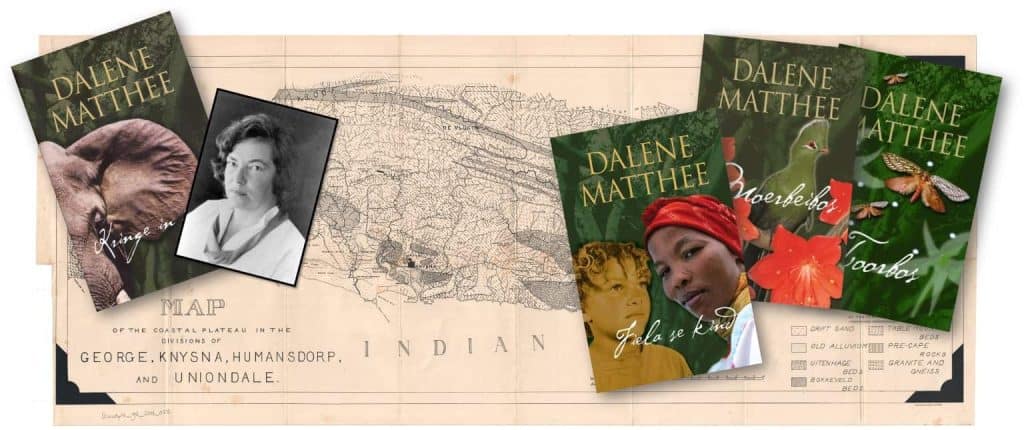By Alana Bailey
Some years ago, my mother and I stayed in a guest house near a forest in the Southern Cape. Just after sunrise, we saw the hostess’s mother walking in the garden with a basket full of mushrooms. She looked an awful lot like Snow White’s stepmother in my fairy tale book. Later that morning, mushroom omelettes were part of the breakfast menu, but we decided not to risk it …
It is a fact that several cases have been recorded in South Africa where people died after picking and eating poisonous mushrooms. One of the mushroom websites in the country cynically notes that all mushrooms can be eaten … but some only once.
There are several types of poisonous mushrooms in the country. The scapegoat that seems to be responsible for most deaths, is Amanita phalloides, also known the death cap mushroom, or in Afrikaans as duiwelsbrood or slangkos. It grows in moist and cool environments such as plantations. This species is not native. The spores probably arrived in the country together with other plant material. The main problem is that it looks a lot like edible mushrooms and can therefore easily be mistaken for them.
What happens when Amanita mushrooms are eaten? From 6 to 14 hours later, the victims start to get sick. They vomit, get diarrhoea, stomach-aches and headaches. Then a false recovery takes place, but a day or two later they start to show signs of liver and kidney failure. Patients go into a coma and die. As little as 30 grams of the mushroom can be fatal for an adult. Antidotes exist, people can survive the poisoning, but in some cases the consequences will be so serious that they will need liver transplants.
The best advice is therefore not to pick mushrooms yourself, even if you think you are an expert, but rather to buy them from reliable traders.
If someone suspects that he or she has been poisoned by mushrooms, it is necessary to get medical help as soon as possible and take a sample of the mushroom that was eaten along for identification. Not all types of poisonous mushrooms have the same effect, so the type must be identified before treatment can begin
Photo: Thomas Bormans/ Unsplash
Also read: Nature’s Corner – Significant discovery in the Karoo




















